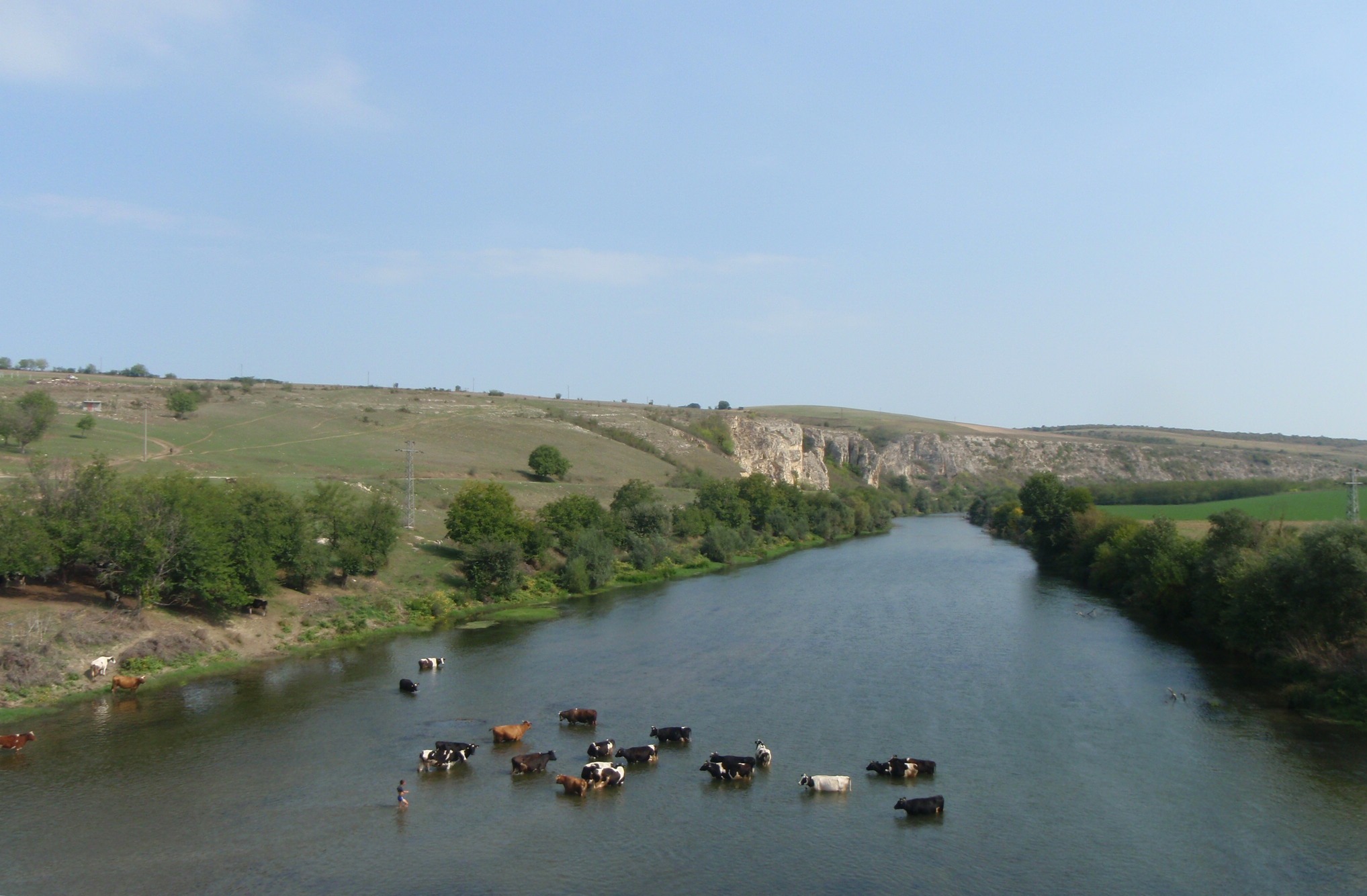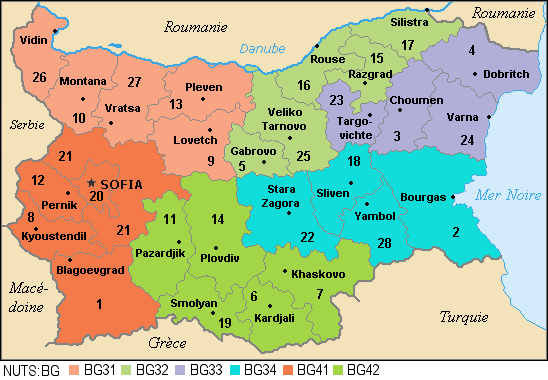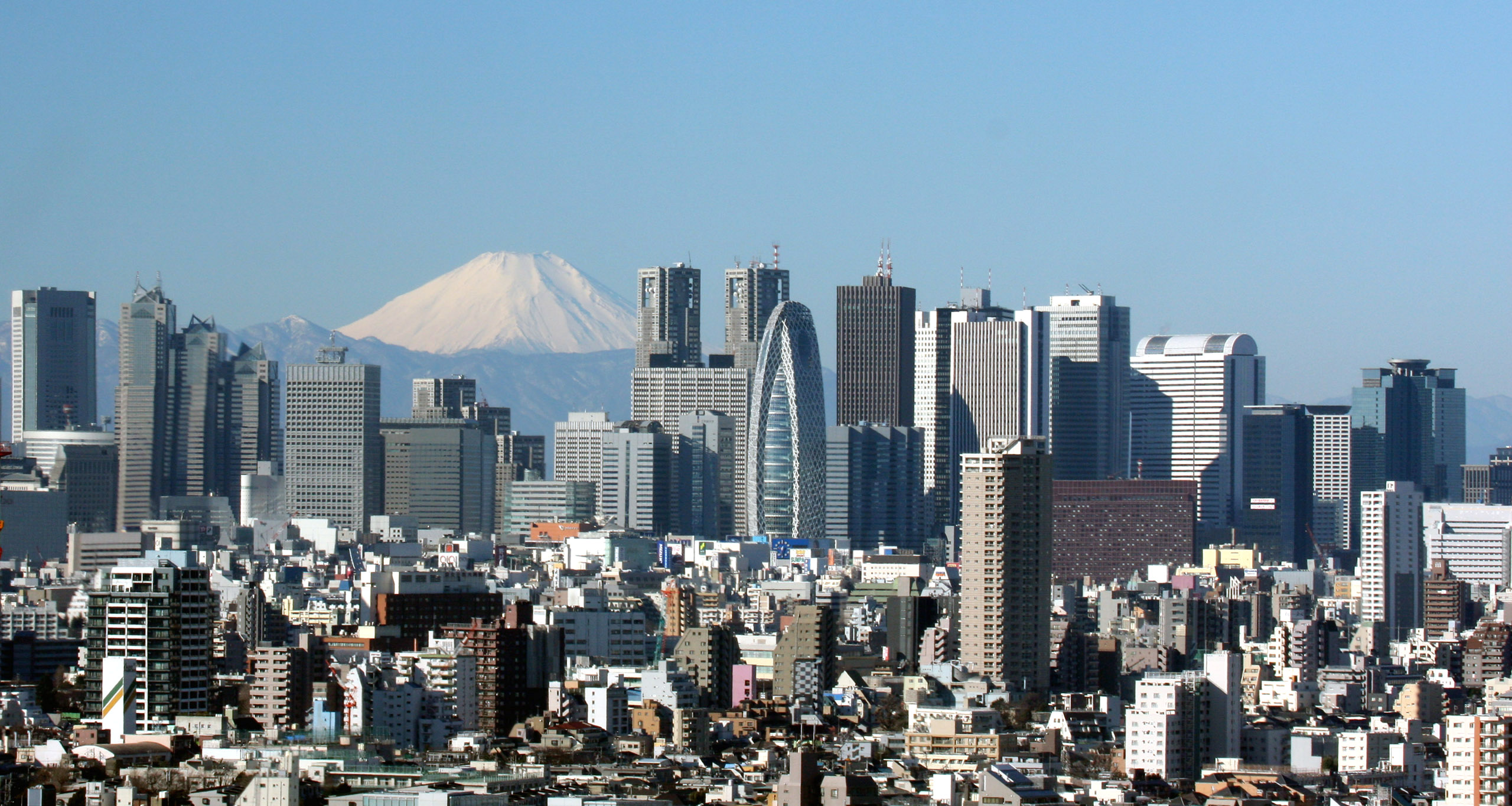|
Gabrovo
Gabrovo ( bg, Габрово ) is a town in central northern Bulgaria, the administrative centre of Gabrovo Province. It is situated at the foot of the central Balkan Mountains, in the valley of the Yantra River, and is known as an international capital of humour and satire (see Gabrovo humour), as well as noted for its Bulgarian National Revival architecture. Gabrovo is also known as the longest town in Bulgaria, stretching over 25 km along the Yantra, yet reaching only in width at places. The geographic center of Bulgaria - Uzana - is located near the town. Name According to the most widespread legend, Gabrovo was founded by a blacksmith called Racho, close to whose fireplace a hornbeam rose, so the settlement acquired its name, from the Slavic word ''gabar'' ("hornbeam") + the Slavic suffix ''-ovo''. History The area around Gabrovo, inhabited since the Neolithic, gained economic importance after Veliko Tarnovo became capital of the Second Bulgarian Empire in t ... [...More Info...] [...Related Items...] OR: [Wikipedia] [Google] [Baidu] |
Gabrovo Province
Gabrovo Province ( bg, Област Габрово (Oblast Gabrovo), former name Gabrovo okrug) is a small province lying at the geographical centre of Bulgaria. It is named after its main town - Gabrovo. In 2009 the total population of the area is 130,001.Bulgarian National Statistical Institute - 2011 census /ref> /ref> Municipalities The Gabrovo province (област, ''oblast'') contains four municipalities (singular: община, ''obshtina'' - plural: общини, ''obshtini ...[...More Info...] [...Related Items...] OR: [Wikipedia] [Google] [Baidu] |
Gabrovo Humour
The city of Gabrovo, Bulgaria is well known for the unique sense of humour possessed by its citizens. Local humour centres on the alleged stinginess of its citizens and a rivalry with the neighbouring city of Sevlievo. Gabrovo prides itself on being a centre for humour; the House of Humour and Satire in Gabrovo exists to promote humour both locally and internationally. Citizens of Gabrovo reputedly excel in business and in bargaining, and developed their sense of humour as an aid to attract customers and improve business relations. As Gabrovo grew in industrial and economic importance, the city's brand of humour and reputation for shrewdness and economy spread nationally in Bulgaria. Select sayings It is said that the people of Gabrovo (known as ''Gabrovtsi''): *cut the tails off their cats so they can close the door faster when they let the cat out, in order to save heat. (A black cat with a cut-off tail is one of Gabrovo's symbols.) *fit taps to eggs (as one might do with a k ... [...More Info...] [...Related Items...] OR: [Wikipedia] [Google] [Baidu] |
Uzana (Bulgaria)
Uzana ( bg, Узана) is a winter resort in Bulgaria. It is located at the foot of Ispolin peak at 1,420 m above sea level, near the Bulgarka Nature Park in the Balkan Mountains. It consists of large meadows surrounded by forest. The altitude varies from 1,220 to 1,350 m. The longest run is 4,265 ft /1,300 m. The nearest big city is Gabrovo, some 22 km away. The resort with its 15 hotels provides tourism opportunities throughout the year. The surrounding sites of Uzana are suitable for speleology, skiing, and rock climbing. There are possibilities for cultural tourism in the region. In the nearby open-air ethnographic museum Etara people can learn more about Bulgarian crafts. The Sokolski Monastery is situated a few kilometers away from Uzana. Tourism in the Uzana region started in 1937 when the first chalet also named Uzana was built on the southern side of the meadow. Uzana is a home of rare floral species included in the Red Book of Endangered Species. It is ... [...More Info...] [...Related Items...] OR: [Wikipedia] [Google] [Baidu] |
List Of Cities And Towns In Bulgaria
This is a complete list of all cities and towns in Bulgaria sorted by population. Province capitals are shown in bold. Primary sources are the National Statistical Institute (NSI) and the Bulgarian Academy of Sciences. The largest city is Sofia with about 1.3 million inhabitants and the smallest is Melnik with about 300. Smallest towns are not necessarily larger than all villages as many villages are more populous than many towns, compare Lozen, a large village with more than 6,000 inhabitants. List See also * List of villages in Bulgaria * Nomenclature of Territorial Units for Statistics (NUTS) of Bulgaria * List of cities in the European Union by population within city limits * List of European cities by population within city limits References External links Map main cities in BulgariaaVisitmybulgaria.comMap of Bulgarian towns at BGMaps.com* Veliko Tarnovo of Bulgaria {{DEFAULTSORT:List Of Cities And Towns In Bulgaria Cities A city is a human settlem ... [...More Info...] [...Related Items...] OR: [Wikipedia] [Google] [Baidu] |
Yantra River
The Yantra ( bg, Янтра ) is a river in northern Bulgaria, a right tributary of the Danube. It is long (the third longest Bulgarian tributary of the Danube, after Iskar and Osam), and has a watershed of . Its average discharge at the mouth is . The Yantra has its source from the northern foot of Hadzhi Dimitar Peak in Central Stara Planina, at . In its upper course, it is alternatively known as ''Etar'' (Етър), its older name. The river flows into the Danube close to Svishtov. The river characteristically forms a number of gorges as it flows northward through the foothills of Stara Planina. The most prominent and longest one is , located close to the capital of the Second Bulgarian Empire Veliko Tarnovo. Major cities on the river are Gabrovo, Veliko Tarnovo, Gorna Oryahovitsa, Polski Trambesh, and Byala, close to which is the famous Belenski bridge. Honour Yantra Cove in Livingston Island in the South Shetland Islands, Antarctica Antarctica () is Earth's ... [...More Info...] [...Related Items...] OR: [Wikipedia] [Google] [Baidu] |
Provinces Of Bulgaria
The provinces of Bulgaria ( bg, области на България, oblasti na Bǎlgarija) are the first-level administrative subdivisions of the country. Since 1999, Bulgaria has been divided into 28 provinces ( bg, области, links=no – ''oblasti;'' singular: – '' oblast''; also translated as "regions") which correspond approximately to the 28 districts (in bg, links=no, окръг – '' okrǎg'', plural: – ''okrǎzi''), that existed before 1987. The provinces are further subdivided into 265 municipalities (singular: – '' obshtina'', plural: – ''obshtini''). Sofia – the capital city of Bulgaria and the largest settlement in the country – is the administrative centre of both Sofia Province and Sofia City Province (Sofia- grad). The capital is included (together with three other cities plus 34 villages) in Sofia Capital Municipality (over 90% of whose population lives in Sofia), which is the sole municipality comprising Sofia City province. Term ... [...More Info...] [...Related Items...] OR: [Wikipedia] [Google] [Baidu] |
Balkan Mountains
The Balkan mountain range (, , known locally also as Stara planina) is a mountain range in the eastern part of the Balkan Peninsula in Southeastern Europe. The range is conventionally taken to begin at the peak of Vrashka Chuka on the border between Bulgaria and Serbia. It then runs for about , first in a south-easterly direction along the border, then eastward across Bulgaria, forming a natural barrier between the northern and southern halves of the country, before finally reaching the Black Sea at Cape Emine. The mountains reach their highest point with Botev Peak at . In much of the central and eastern sections, the summit forms the watershed between the drainage basins of the Black Sea and the Aegean. A prominent gap in the mountains is formed by the sometimes narrow Iskar Gorge, a few miles north of the Bulgarian capital, Sofia. The karst relief determines the large number of caves, including Magura, featuring the most important and extended European post-Palaeolithic ... [...More Info...] [...Related Items...] OR: [Wikipedia] [Google] [Baidu] |
Bulgaria
Bulgaria (; bg, България, Bǎlgariya), officially the Republic of Bulgaria,, ) is a country in Southeast Europe. It is situated on the eastern flank of the Balkans, and is bordered by Romania to the north, Serbia and North Macedonia to the west, Greece and Turkey to the south, and the Black Sea to the east. Bulgaria covers a territory of , and is the sixteenth-largest country in Europe. Sofia is the nation's capital and largest city; other major cities are Plovdiv, Varna and Burgas. One of the earliest societies in the lands of modern-day Bulgaria was the Neolithic Karanovo culture, which dates back to 6,500 BC. In the 6th to 3rd century BC the region was a battleground for ancient Thracians, Persians, Celts and Macedonians; stability came when the Roman Empire conquered the region in AD 45. After the Roman state splintered, tribal invasions in the region resumed. Around the 6th century, these territories were settled by the early Slavs. The Bulg ... [...More Info...] [...Related Items...] OR: [Wikipedia] [Google] [Baidu] |
Veliko Tarnovo
Veliko Tarnovo ( bg, Велико Търново, Veliko Tărnovo, ; "Great Tarnovo") is a town in north central Bulgaria and the administrative centre of Veliko Tarnovo Province. Often referred as the "''City of the Tsars''", Veliko Tarnovo is located on the Yantra River and is famously known as the historical capital of the Second Bulgarian Empire, attracting many tourists with its unique architecture. The old part of the town is situated on three hills, Tsarevets, Trapezitsa, and Sveta Gora, rising amidst the meanders of the Yantra. On Tsarevets are the palaces of the Bulgarian emperors and the Patriarchate, the Patriarchal Cathedral, and also a number of administrative and residential edifices surrounded by thick walls. Trapezitsa is known for its many churches and as the former main residence of the nobility. During the Middle Ages, the town was among the main European centres of culture and gave its name to the architecture of the Tarnovo Artistic School, paintin ... [...More Info...] [...Related Items...] OR: [Wikipedia] [Google] [Baidu] |
Capital (political)
A capital city or capital is the municipality holding primary status in a country, state, province, department, or other subnational entity, usually as its seat of the government. A capital is typically a city that physically encompasses the government's offices and meeting places; the status as capital is often designated by its law or constitution. In some jurisdictions, including several countries, different branches of government are in different settlements. In some cases, a distinction is made between the official (constitutional) capital and the seat of government, which is in another place. English-language news media often use the name of the capital city as an alternative name for the government of the country of which it is the capital, as a form of metonymy. For example, "relations between Washington and London" refer to " relations between the United States and the United Kingdom". Terminology and etymology The word ''capital'' derives from the Latin word ... [...More Info...] [...Related Items...] OR: [Wikipedia] [Google] [Baidu] |
Second Bulgarian Empire
The Second Bulgarian Empire (; ) was a medieval Bulgarian state that existed between 1185 and 1396. A successor to the First Bulgarian Empire, it reached the peak of its power under Tsars Kaloyan and Ivan Asen II before gradually being conquered by the Ottomans in the late 14th century. Until 1256, the Second Bulgarian Empire was the dominant power in the Balkans, defeating the Byzantine Empire in several major battles. In 1205, Emperor Kaloyan defeated the newly established Latin Empire in the Battle of Adrianople. His nephew Ivan Asen II defeated the Despotate of Epiros and made Bulgaria a regional power again. During his reign, Bulgaria spread from the Adriatic to the Black Sea and the economy flourished. In the late 13th century, however, the Empire declined under constant invasions by Mongols, Byzantines, Hungarians, and Serbs, as well as internal unrest and revolts. The 14th century saw a temporary recovery and stability, but also the peak of Balkan feudalism as c ... [...More Info...] [...Related Items...] OR: [Wikipedia] [Google] [Baidu] |
List Of Sovereign States
The following is a list providing an overview of sovereign states around the world with information on their status and recognition of their sovereignty. The 206 listed states can be divided into three categories based on membership within the United Nations System: 193 member states of the United Nations, UN member states, 2 United Nations General Assembly observers#Present non-member observers, UN General Assembly non-member observer states, and 11 other states. The ''sovereignty dispute'' column indicates states having undisputed sovereignty (188 states, of which there are 187 UN member states and 1 UN General Assembly non-member observer state), states having disputed sovereignty (16 states, of which there are 6 UN member states, 1 UN General Assembly non-member observer state, and 9 de facto states), and states having a political status of the Cook Islands and Niue, special political status (2 states, both in associated state, free association with New Zealand). Compi ... [...More Info...] [...Related Items...] OR: [Wikipedia] [Google] [Baidu] |








